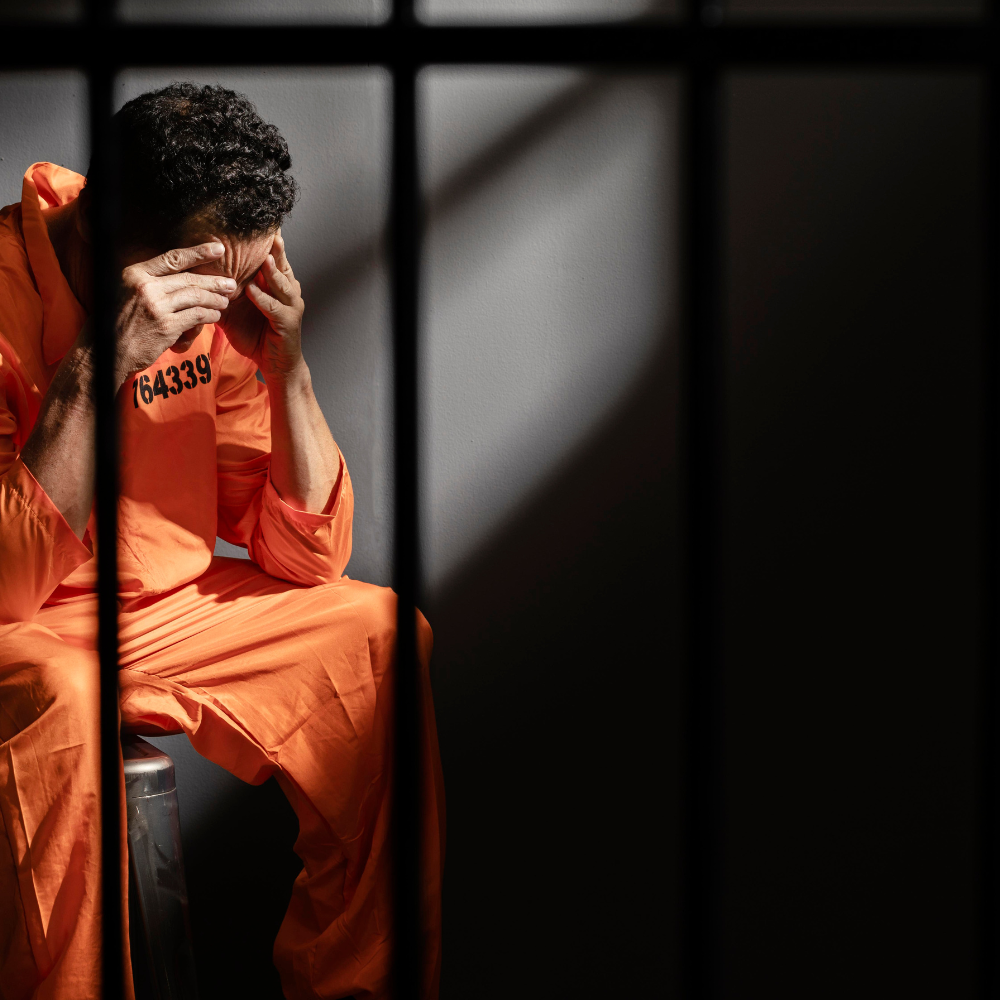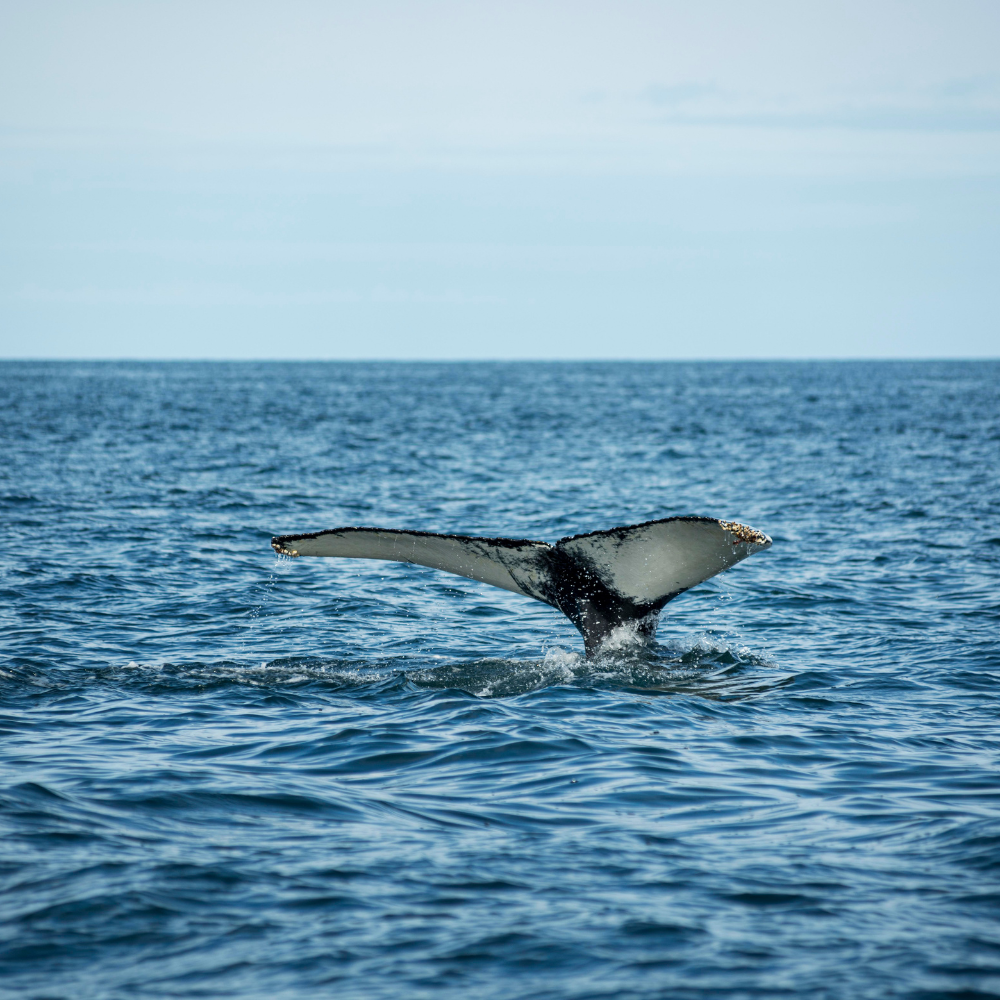Over 150 Whales stranded on remote Australian beach as rescue efforts continue
Authorities in Tasmania are racing against time to save dozens of false killer whales after a mass stranding on a remote beach. More than 60 of the marine mammals have already died, with a pod of 157 found beached near Arthur River in the island’s northwest.
Tasmania’s Department of Natural Resources and Environment confirmed that around 90 of the stranded animals are still alive, including juveniles. Conservation experts and veterinarians are on-site, assessing whether any can be successfully returned to the sea. However, officials warn that the rescue operation faces significant challenges due to the remote location and harsh ocean conditions.
The stranding site is located about 300 kilometers from Launceston, making access difficult for rescue teams and specialized equipment. Department spokesman Brendon Clarke described the situation as particularly complex, with treacherous surf and strong tidal waters posing risks to both the stranded whales and rescue personnel.
Authorities also noted that even if the whales were refloated, the dangerous surf conditions could lead to further strandings. Rescue teams are prioritizing the whales with the best chances of survival, working to keep them alive and comfortable while exploring all possible rescue options.
Alongside the immense physical effort required to move the large mammals—some of which can grow up to six meters long and weigh 1.5 tonnes rescuers must also navigate serious safety concerns. Clarke emphasized the risks involved in working so close to distressed, writhing animals.
The turbulent tidal waters and powerful surf make it extremely difficult to refloat the stranded whales, posing a significant challenge to rescue efforts.
Shark activity in the area is another concern, adding to the urgency of the operation. Authorities have urged members of the public to avoid the site, especially with nearby bushfires and limited road access making conditions even more difficult.
Locals who have visited the site described the scene as deeply distressing. Jocelyn Flint, a resident who traveled to the area after her son spotted the pod while fishing overnight, told the Australian Broadcasting Corporation that many of the whales were visibly struggling.
Flint described the heartbreaking scene, noting that many of the stranded whales included juveniles and entire family groups. She recalled how their eyes remained open, seemingly pleading for help, as they lay helpless on the shore. The sight, she said, was nothing short of devastating, with the animals visibly struggling in distress.
Mass strandings are unfortunately common in Tasmania, which accounts for over 80% of Australia’s whale strandings. The island’s west coast, in particular, has seen several large-scale events, including the country’s worst recorded stranding in 2020, when around 470 pilot whales became stranded at Macquarie Harbour. Despite rescue efforts, about 350 of them died. A similar event occurred in 2022, when 200 whales were stranded in the same harbor.
While the exact reasons for these events remain unclear, experts believe that whales—highly social and communicative mammals—often follow their pod leaders into shallow waters, sometimes becoming disoriented while chasing prey. Others suggest environmental factors such as shifting ocean currents or underwater noise pollution could contribute.
As Tasmania grapples with yet another tragic stranding, rescuers remain focused on doing everything possible to save the surviving false killer whales. However, with each passing hour, the odds grow increasingly difficult.










